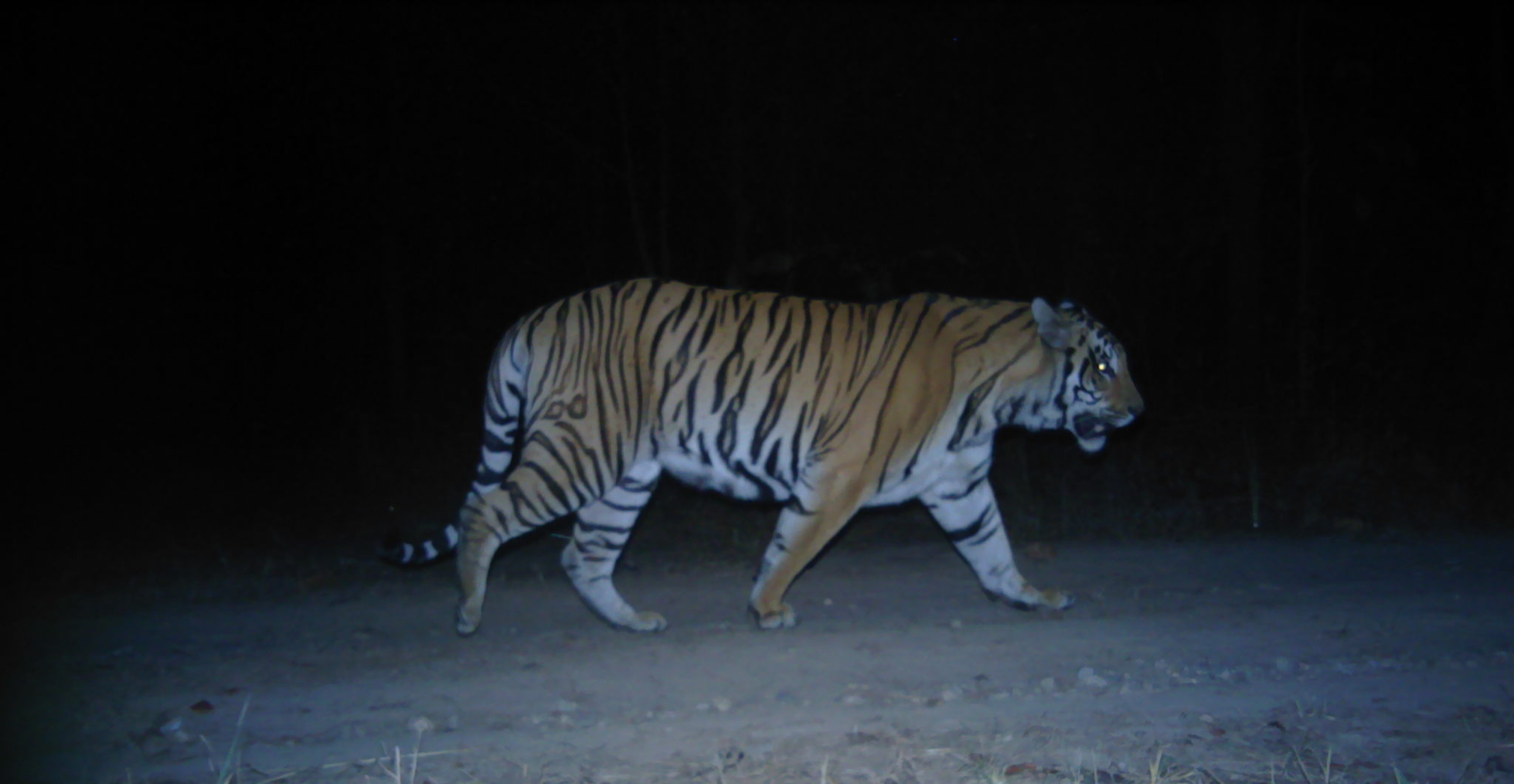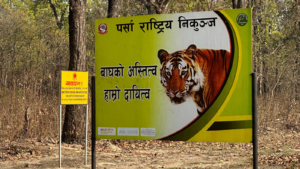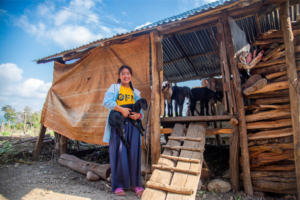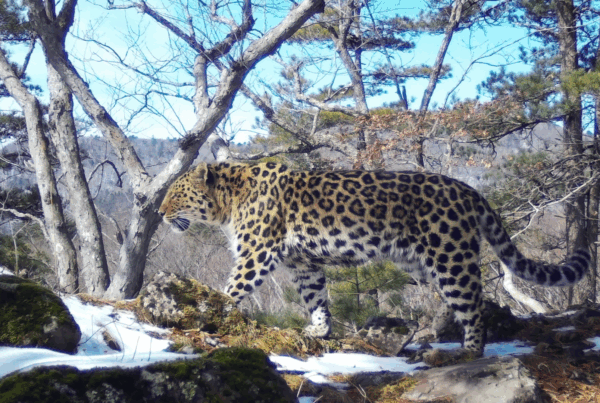
- There are officially 355 wild tigers in Nepal, according to the latest census, nearly triple the figure of 121 in 2010.
- To mitigate the potential challenges and problems that can arise from tiger population growth it is crucial for Nepal to implement comprehensive conservation plans that address habitat protection, human-wildlife conflict mitigation, anti-poaching efforts, and sustainable management of tiger populations.
In 2010, 13 tiger range countries pledged to double the global tiger population by 2022. Not every country was successful however, not only did Nepal meet this ambitious target, but they also exceeded it.
There are officially 355 wild tigers in Nepal, according to the latest census, nearly triple the figure of 121 in 2010. This is a staggering success and a credit to the collaboration and coordination among local communities, government agencies, NGOs, research institutions, law enforcement agencies, international partners, and donor organisations.
Potential problems of a growing tiger population
Increasing tiger numbers in Nepal can have negative implications as well as the obvious positive. While the overall goal of conservation is to protect endangered species like tigers, there are potential challenges and problems that can arise from their population growth. As tiger numbers expand, they require larger territories, which can lead to increased encroachment into human settlements and agricultural areas. Furthermore, a rapid increase in the tiger population can put additional pressure on their prey species, potentially leading to tigers straying into human-dominated landscapes to predate upon livestock, domestic pets, and even humans. To mitigate these potential problems, it is crucial for Nepal to implement comprehensive conservation plans that address habitat protection, human-wildlife conflict mitigation, anti-poaching efforts, and sustainable management of tiger populations.
Parsa National Park
Established in 1984, PNP covers an area of approximately 627.39 sq. km. This landscape provides transboundary connectivity with Chitwan National Park in Nepal and Valmiki Tiger Reserve in India making it a critical habitat for migrating tigers from a growing population.

WildCats Conservation Alliance – ZSL Nepal 2022 Collaboration
ZSL Nepal and WildCats Conservation Alliance have been instrumental in conservation within this transboundary landscape since 2014, creating a strong legacy of support and pre-emptive human-tiger conflict mitigation measures in the Terai Arc region. The main objective of the 2022 project was to create a favourable environment to enable the dispersal of tigers beyond the protected area of PNP. This project had to be done ethically in consideration of the communities living alongside the park.
- Tiger Population Monitoring:

Bengal tiger ©ZSL/NPWC
With WildCats funding the project collected and recorded data on tigers and prey species within the northern buffer zone and Churia region of PNP. This involved deploying camera traps in 35 locations which captured 2,145 photographs including images of Bengal tigers, sloth bears, wild Asian elephants, leopards, Indian civets, Indian bison, wild boar, and honey badgers to name a few. This data was instrumental in applying pre-mitigation measures for human-tiger conflict. It allowed ZSL Nepal and park authorities to identify interventions such as waterhole construction or habitat management, to help sustain a growing wildlife population and avoid tigers straying into human-dominated landscapes.
- Training:

ZSL Nepal team demonstrating camera trap deployment
The population monitoring conducted in 2022 was not an isolated occurrence, instead, 27 front-line staff who are positioned in all 16 posts around PNP have been trained to continue the practice. The two-day training course taught the identification of critical hotspots, the use, and handling of cameras and GPS, camera set-up, deployment, and systematic data processing. The trained staff in different guard posts of PNP are now able to deploy cameras at strategic locations to ensure data collection continues and conservation measures are adaptable within the park, buffer zone, and community-managed forest corridors.
The project implementing team also conducted 3 training workshops for 102 key stakeholders including local community members, PNP staff, the Nepali army, and representatives from the local government. The training addressed tiger conservation needs, the importance of community-managed forest corridors and tiger dispersal, human-tiger conflict mitigation, and the role of tiger conservation in securing a healthy ecosystem. The participants were trained to use audio-visual techniques, identify tiger and other wildlife behaviour, and how to avoid wildlife encounters to enhance conservation efforts through communities.
- Community engagement:

Information reflector board highlighting potential wildlife crossing
The project supported PNP to upgrade its visitor information centre and its official website. It also supported a digital display board used by PNP staff to regularly display and monitor information on tiger distribution and movement patterns allowing them to make necessary interventions accordingly.
Two information boards were installed through the project to raise awareness of conservation among locals and tourists who pass through the park’s central portion. Furthermore, five information reflector boards highlighting the presence of wildlife were strategically placed on a prominent roadway in close proximity to PNP. Signs such as these helps lessen traffic fatalities and accidents for both humans and wildlife, while also promoting conservation.
- Pre-emptive human-tiger conflict mitigation:

ZSL Nepal Predator Proof Corral
ZSL Nepal and partners identified the most vulnerable communities within the northern buffer zone of PNP, providing 32 households with predator-proof corrals to minimize livestock predation and human-wildlife conflict in this area.
1000 fodder saplings of Neipiyer grass, dally grass, and fruits and lemons saplings were also provided to 100 households in the surrounding areas of the forest. The aim of this project activity was to reduce communities’ dependence on forest resources, therefore decreasing the number of times and duration of time spent in areas tigers are known to use. Reducing the interface of humans with tigers also reduces the likelihood of human-wildlife conflict incidents.
The future of the project
WildCats Conservation Alliance believes in the long-term support of conservation projects to enable the greatest impact and avoid parachute conservation. This is why we have been a supporter of the ZSL Nepal tiger conservation work for the last 16 years. The ZSL Nepal team has operated from offices based in Kathmandu and Parsa National Park for around 30 years. They employ Nepalese staff who strive to build the in-country capacity of local conservationists, researchers, and community members. The project has driven behavioural change and awareness among local communities and other direct and indirect stakeholders of human-wildlife conflict issues. This helps them to live in harmony with wildlife and reduce their dependence on the forests, while also delivering robust human-tiger conflict mitigation interventions.
You can support this work by donating today to ensure the future of this majestic but endangered species.





